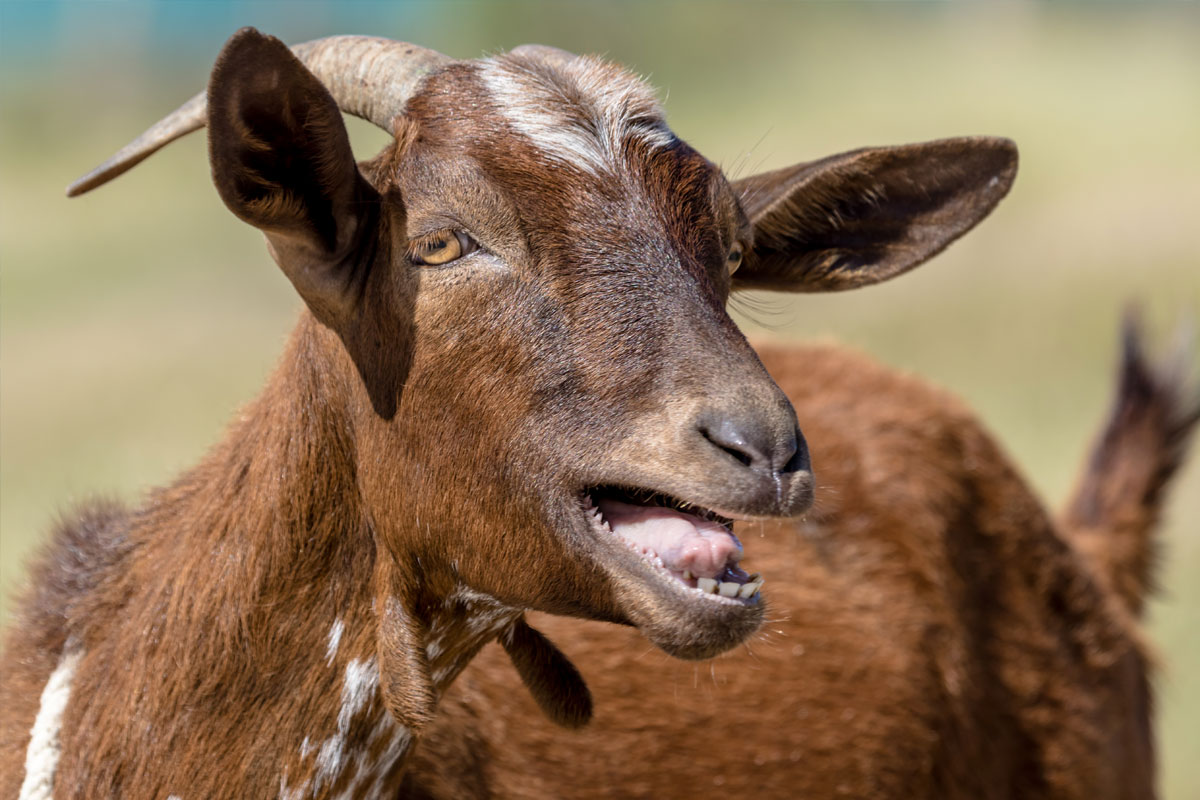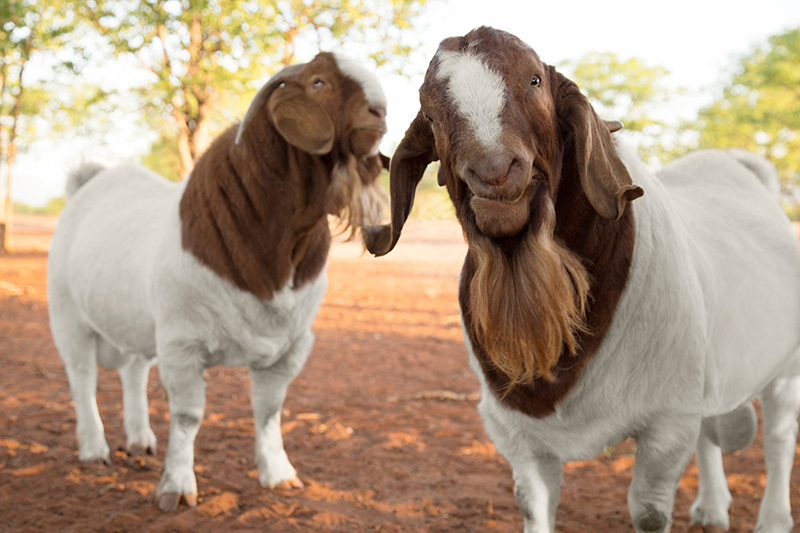Goat farming in Zimbabwe, is it profitable?

Goat farming has proven to be a profitable business in Zimbabwe. They are beneficial because they are easy to care for, and the feeds costs are low due to the various foods consumed in the goat’s diet.
The demand for goat meat is on the rise primarily due to people wanting to try different types of meat aside from beef, pork and chicken.
Goats provide the communities with a rich source of meat, milk, and skins. While there is a market for goat meat locally, there are many opportunities in the Southern Africa region, such as South Africa and beyond the continent, to the Middle East to diversify into these markets.
According to the Ministry of Foreign Affairs and International Trade, Zimbabwe’s economy is driven by agriculture, employing 70 percent of the population. However, the livestock sector contributes to just 19 percent of the country’s agricultural gross domestic product.
Indigenous farmers own at least 97% of the national goat herd in Zimbabwe. The number of women venturing into this lucrative business is also rising. But some women farmers say a lack of government financing and training deters their business growth. Despite the potential for exportation of goat products, farmers have rarely bred them specifically for commercial purposes in the past.
The lack of production for commercial use was mainly because the goats played a crucial role in the farmers’ livelihoods. The goat herds alleviate seasonal food variability and contribute to food security by selling milk and meat produced and through cash sales earned from their products.
However, there is an increasing number of farmers keeping goats for commercial purposes in Zimbabwe.
There is such an interest in breeding for commercial purposes that while commissioning the Bindura University of Science Education (BUSE) Goat Genetics and Artificial Insemination Centre; Mnangagwa said, “Goat breeding projects and attendant value addition interventions will go a long way towards ensuring broad-based empowerment, wealth creation and lifting millions out of poverty within our society.”
He further suggested that this type of project must be deployed towards the realization of robust and vibrant rural industry systems supported by livestock production and related development of modern animal handling facilities.
The Goat Genetics and Artificial Insemination Centre is a welcome development that serves to progress genetics as a key ingredient in sustainable and successful goat farming.
Goats play a crucial role within Zimbabwe’s society by contributing to foreign exchange, making the hides very profitable for the local tanneries and leathercraft industries.
Raw materials from the goat can be utilized in items such as:
- Mats
- Footwear
- Musical instruments
- Tool handle coverings
- Knives
- Dancing Costumes
- Ropes
- Drums
- Sheilds
The breeding of goats has comparative advantages over breeding cattle, especially in semi-arid areas. Goats have proven to be more drought resilient, and they can utilize a diverse range of plants and shrubs, making them more efficient at utilizing the natural resources available. Alongside the higher reproductive rate, the herd numbers recover quicker than cattle herds.
The most common breeds of goats in Zimbabwe include the Mashona, Boar, Marabele and Kalahari goats. Diversity within the goat population allows for commercial production. The Boer goat breed, however, is by far the superior breed.
Boer goats were developed in South Africa in the early 1900s. This breed of goat grows extremely fast, heavy weight, has good bone structure and larger body size compared to the other breeds in the region. They are very adaptable to a wide range of pastures.
Opportunities for small-holder goat production
Supplementing their incomes by integrating small ruminants into the farm enterprises is an excellent opportunity for local farmers.
These opportunities are presented by way of several factors
- Increased demand for goat meat
- Cost-effective startup
- Minimal labor requirements
- Utilizing the animals to control the eco-system, such as brush control, is a holistic approach with the diversity provided, allowing for multi-species grazing.
Commercial goat production is becoming an increasingly attractive opportunity for farmers in the semi-arid areas of Zimbabwe as well.
The reduction of commercial cattle herds from 1996 through to 2004 led to overinflation of beef prices and pushed consumers in the direction of goat meat as a more cost-effective and sustainable purchase.
The downside to this progressive change was the retail prices of goat meat in urban areas increased over time to a price comparable to beef.
Goats still offer farmers countless opportunities to create an income from products produced from the goats, such as;
- Meat
- Milk
- Skins
- Manure
Furthermore, small-scale farmers venturing into commercial goat production could benefit from established cattle market infrastructure and large abattoirs that currently function far below capacity, despite the challenges the indigenous farmers face with the rearing and marketing of goats.
The challenges local farmers face are a lack of information on the emerging commercial goat production system and a lack of good management practices, leading to high kid mortality. As well as the country’s economic viability, prospects, and constraints of commercial goat farming.
If you are considering adding goat breeding to your farm, you will need to consider the following:
- Land
- Feed/grazing area
- Shelters and Equipment
- Breeding Stock
- The market for the goats
The ability to provide adequate shelter/housing is essential.
When building shelters for your goats, the basics required are dry flooring and good ventilation, and it should be able to protect your goats from the rain, sun and potential predators.
The building of shelters and pens can be cost-effective by utilizing clay, concrete blocks, or wood.
You will need a reasonable amount of land to farm goats, and it needs to be large enough for shelters and to allow the goats to browse/graze. They do require pasture to graze on. If possible, the pastures should be divided in separate areas. This approach is often referred to as cell grazing and is a regenerative and holistic approach. Rotating your goats through the pastures allows the farmer to avoid overgrazing.



